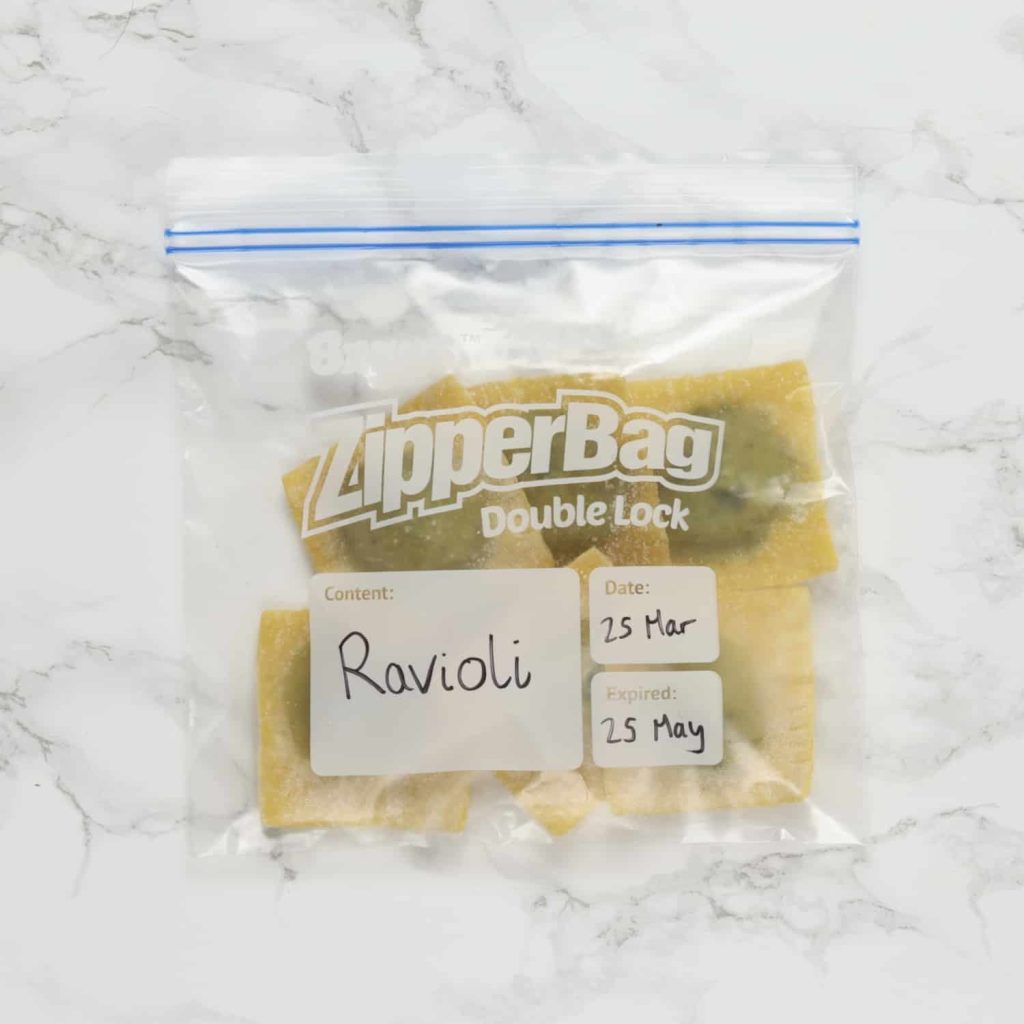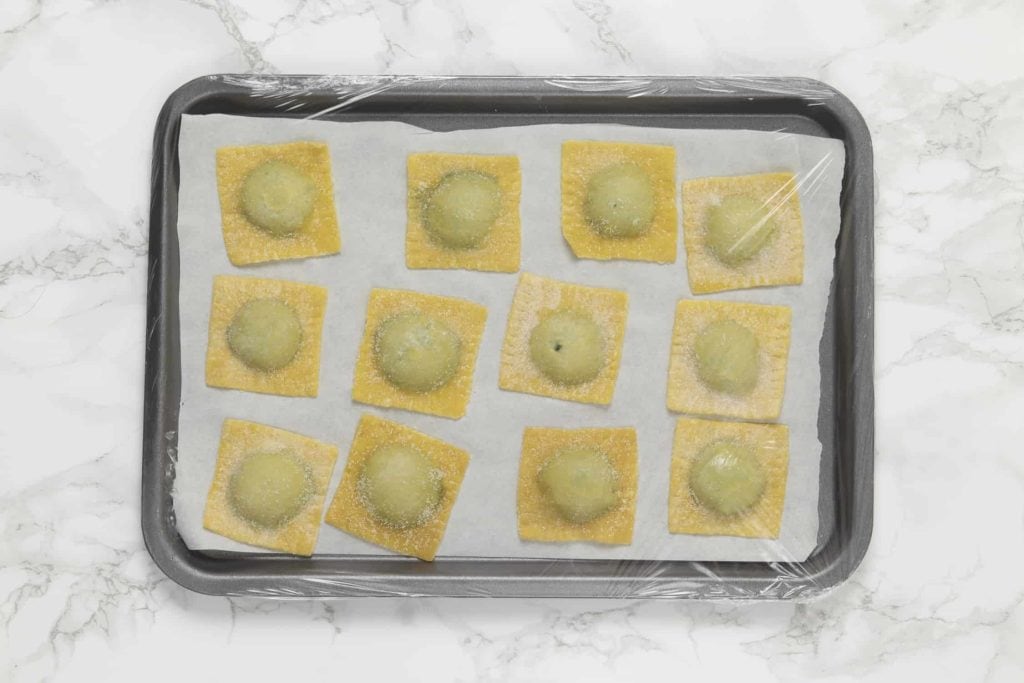How Long Can Ravioli Stay in the Fridge? A Comprehensive Guide
When it comes to storing perishable foods like ravioli, knowing the right storage methods and shelf life is crucial to ensure both safety and taste. Ravioli, a beloved Italian pasta dish, is a convenient and flavorful option for many. But how long can ravioli stay in the fridge before it's no longer safe to eat? In this guide, we'll delve into the specifics of ravioli storage, factors that affect its shelf life, and tips to extend its freshness.
Understanding Ravioli Shelf Life
Ravioli, typically made with pasta dough and various fillings, can vary in terms of its shelf life based on ingredients and preparation methods.
The shelf life of ravioli largely depends on whether it's freshly made or store-bought.

Ravioli
Freshly Made Ravioli
If you've made ravioli from scratch using fresh ingredients, its shelf life will be relatively shorter compared to store-bought options.
Freshly made ravioli can be stored in the fridge for about 2 to 3 days.
To maximize freshness, store it in an airtight container and place it towards the back of the fridge where the temperature is more consistent.
Store-Bought Ravioli
Store-bought ravioli, which is often packaged and sealed, tends to have a longer shelf life due to the preservatives and packaging methods used.
It can typically stay fresh in the fridge for around 5 to 7 days.
Always refer to the manufacturer's label for the exact expiration date and storage instructions.
Factors Influencing Ravioli's Freshness
Several factors can impact how long ravioli can safely stay in the fridge:
1. Ingredients: The type of filling and pasta used can influence the shelf life. Dairy-based fillings may spoil more quickly, while meat-filled ravioli might last a bit longer.
2. Packaging: Proper packaging, such as airtight containers or vacuum-sealed bags, can significantly extend the shelf life of ravioli.
3. Temperature: Maintaining a consistent and cold temperature in the fridge (below 40°F or 4.4°C) is essential to prevent bacterial growth and food spoilage.
4. Humidity: Excess moisture in the fridge can lead to the growth of mold and bacteria on ravioli. Keeping the fridge dry helps maintain freshness.

Ravioli
Signs of Spoilage
It's crucial to be able to recognize signs of spoilage to avoid consuming ravioli that's gone bad. Look out for:
- Off Odors: If the ravioli emits an unpleasant or sour smell, it's a sign that spoilage has occurred.
- Texture Changes: If the pasta becomes slimy or the filling appears discolored, it's best to discard the ravioli.
- Unusual Appearance: Visible mold growth or any other visible signs of deterioration indicate that the ravioli is no longer safe to eat.
Extending Ravioli's Freshness
To maximize the shelf life of your ravioli, consider the following tips:
- Freezing: If you have more ravioli than you can consume within the recommended time frame, consider freezing it. Properly frozen ravioli can last for several months.
- Proper Storage: Always store ravioli in airtight containers or vacuum-sealed bags to minimize exposure to air and moisture.
- Use-By Dates: Always adhere to the use-by dates provided on store-bought ravioli packages. Consume it within that timeframe for optimal quality and safety.
In conclusion, the shelf life of ravioli depends on factors such as ingredients, preparation method, packaging, and storage conditions. Freshly made ravioli has a shorter shelf life compared to store-bought varieties. By understanding these factors and practicing proper storage techniques, you can enjoy your ravioli while ensuring its safety and deliciousness. Remember to trust your senses and look for signs of spoilage before consuming ravioli that has been stored for an extended period.